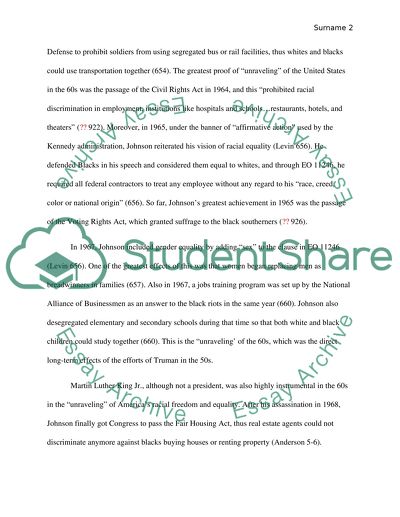Assignment 6 Essay Example | Topics and Well Written Essays - 500 words - 4. Retrieved from https://studentshare.org/history/1599870-assignment-6
Assignment 6 Essay Example | Topics and Well Written Essays - 500 Words - 4. https://studentshare.org/history/1599870-assignment-6.


